1. Introduction
In the realm of digital experiences, speed and accessibility are paramount. Azure, the cloud giant, brings forth the Content Delivery Network (CDN) to enhance user experiences by delivering content faster and more efficiently. This guide unveils the power of Azure CDN, ensuring you harness its capabilities to optimize web performance and user satisfaction.
2. Purpose
Beyond being a mere guide, this journey aims to equip you with the tools to revolutionize the way you deliver digital content. Azure CDN isn't just about serving content; it's about crafting a seamless, dynamic user experience. By understanding its intricacies, you'll transform user interactions and amplify the value of your digital presence.
3. What is Azure CDN?
Azure CDN is a global network of servers strategically placed to optimize content delivery. It ensures that users across the world can access web content with reduced latency, blazing speed, and enhanced reliability. Azure CDN offers dynamic site acceleration, video streaming, and secure content delivery, all aimed at enriching the way users interact with your digital assets.
4. Creating Azure CDN with Azure Console
Estimated time
Embark on a journey to establish your own Azure CDN using the Azure Console. This section unfurls the steps required to set up your CDN, empowering you to fine-tune its parameters for optimal performance. DevOps aficionados might complete this process in 4-6 hours, while those new to the realm might invest 2-3 days to gain a solid grasp.
Azure Content Delivery Network (CDN) is a dynamic tool that enhances content delivery speed and reliability. In this section, we dive deep into the process of creating Azure CDN using the Azure Console, enabling you to optimize user experiences and elevate your digital presence.
Accessing Azure Portal:
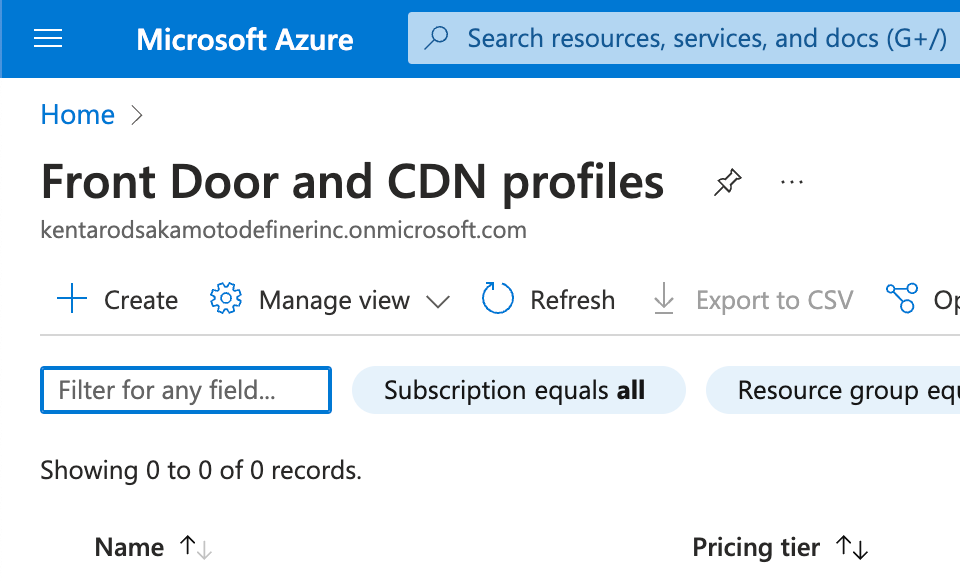
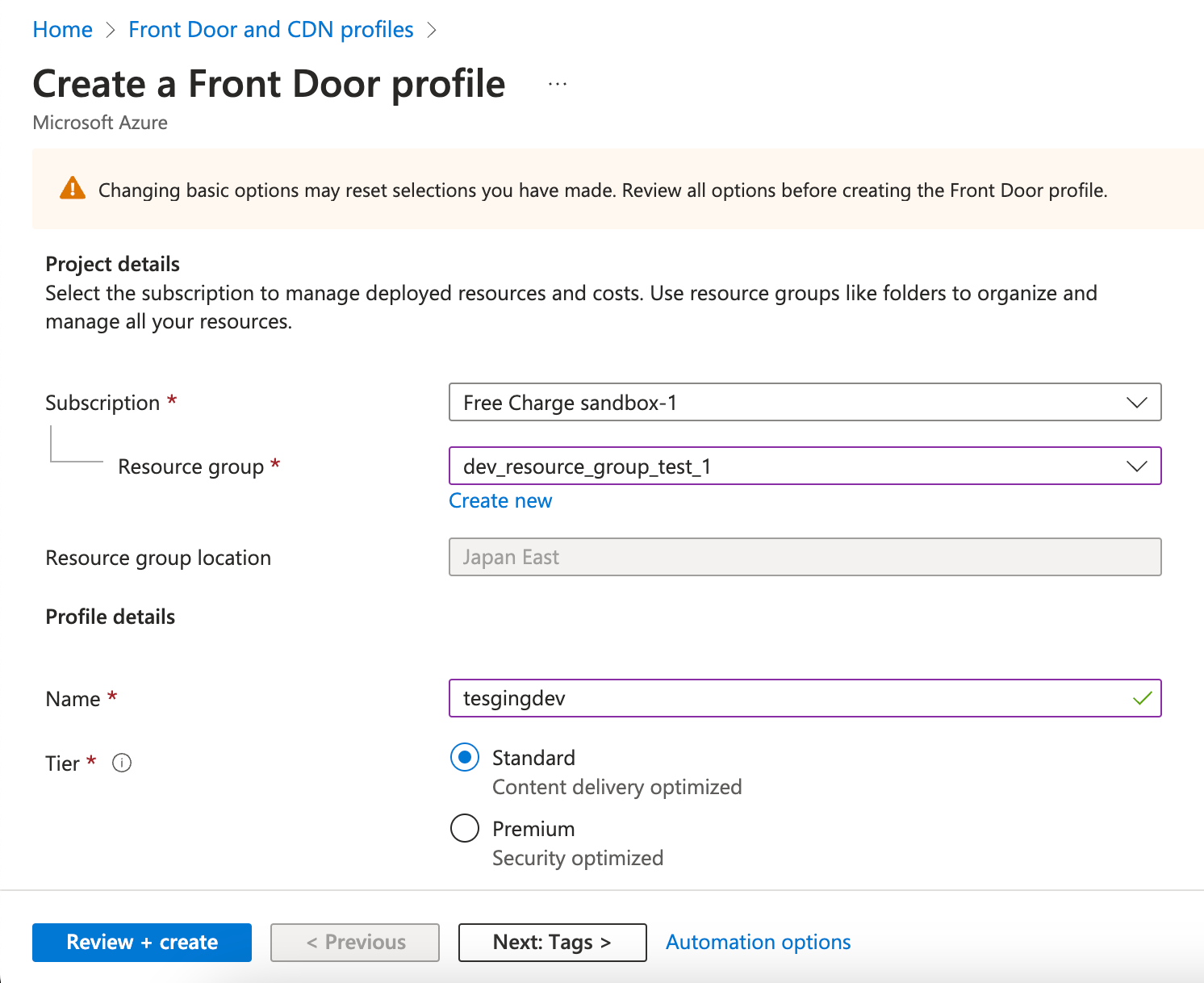
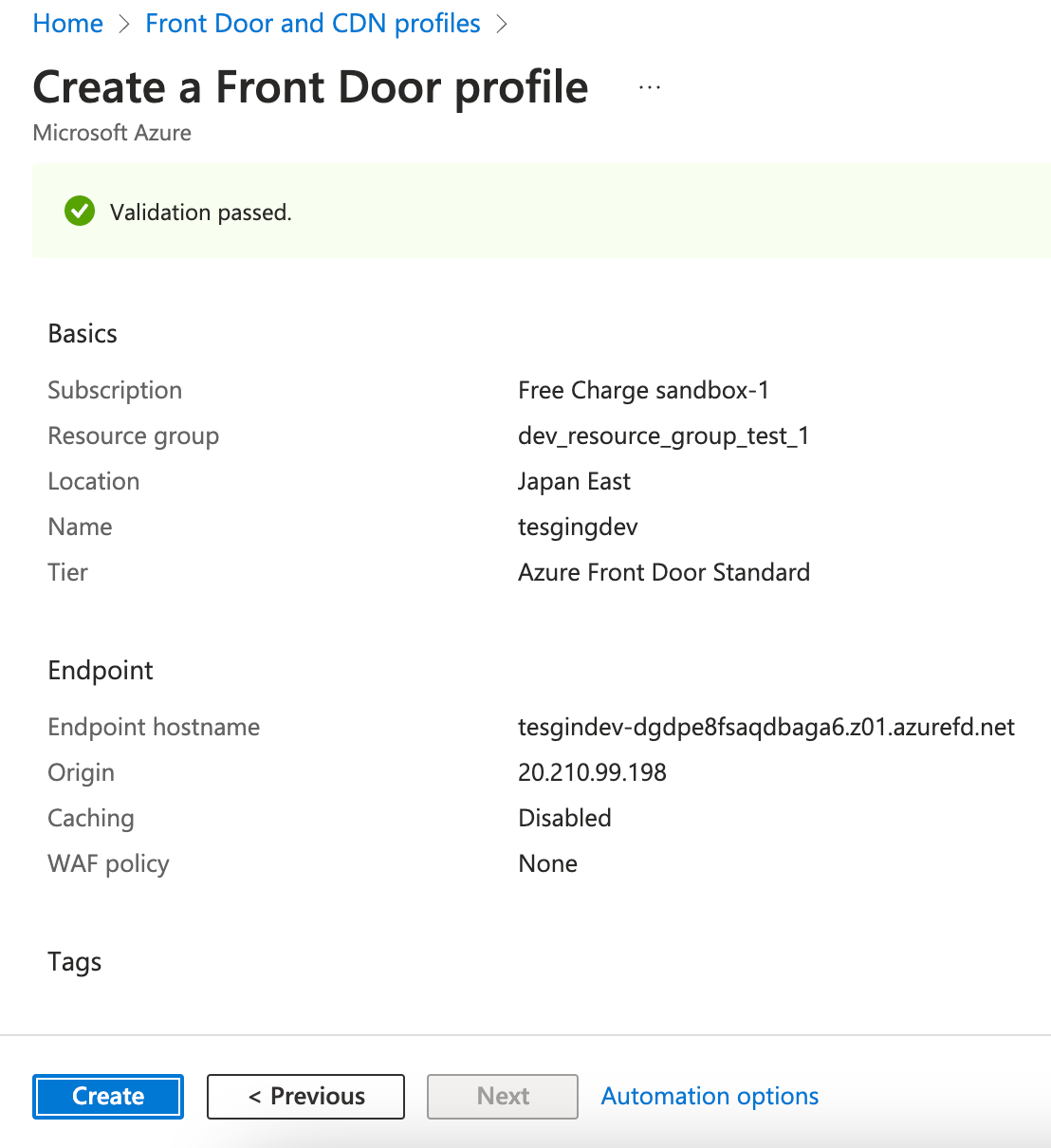 Configuring CDN Endpoint:
Configuring CDN Endpoint:
- Open your preferred web browser and navigate to Azure Portal.
- Sign in using your Azure account credentials.
- Click on "Create a resource" and search for "Content Delivery Network."
- Choose "Content Delivery Network" from the search results and click "Create."

- Configure CDN settings:
- Define a unique name for your CDN endpoint.
- Choose the appropriate pricing tier based on your needs.
- Select a resource group and region for deployment.

- Review your configuration and click "Create" to initiate the process.
 Configuring CDN Endpoint:
Configuring CDN Endpoint:
- Once the CDN endpoint is created, locate it in the Azure Portal.
- Configure endpoint settings:
- Define the origin for your CDN, which is the source of your content.
- Configure caching settings, such as expiration policies and query string handling.
- Customize delivery options like HTTP/HTTPS and compression.
- Save your settings to apply them to the CDN endpoint.
- Upload your content to the origin you defined earlier.
- Access your content through the CDN endpoint URL. This URL enhances content delivery speed.
- Utilize Azure's monitoring and analytics tools to track CDN performance and user interactions.
5. Creating Azure CDN with PrismScaler
Estimated time
In the age of swiftness, PrismScaler offers an express lane to Azure CDN creation. This section introduces a streamlined approach that takes a mere 5-10 minutes. With PrismScaler, even without an extensive DevOps background, you can deploy Azure CDN with remarkable efficiency.
Creating Azure CDN with PrismScaler
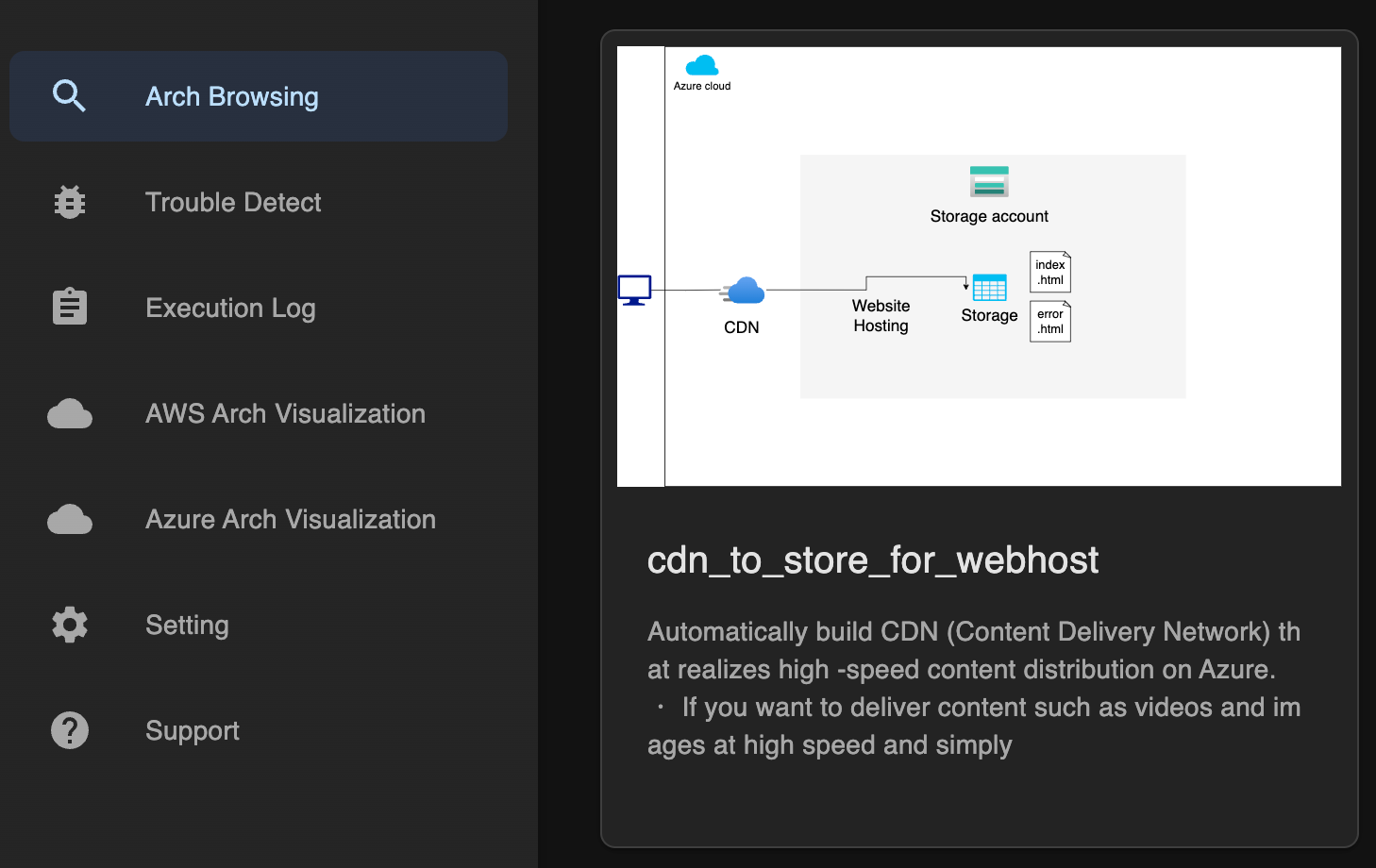
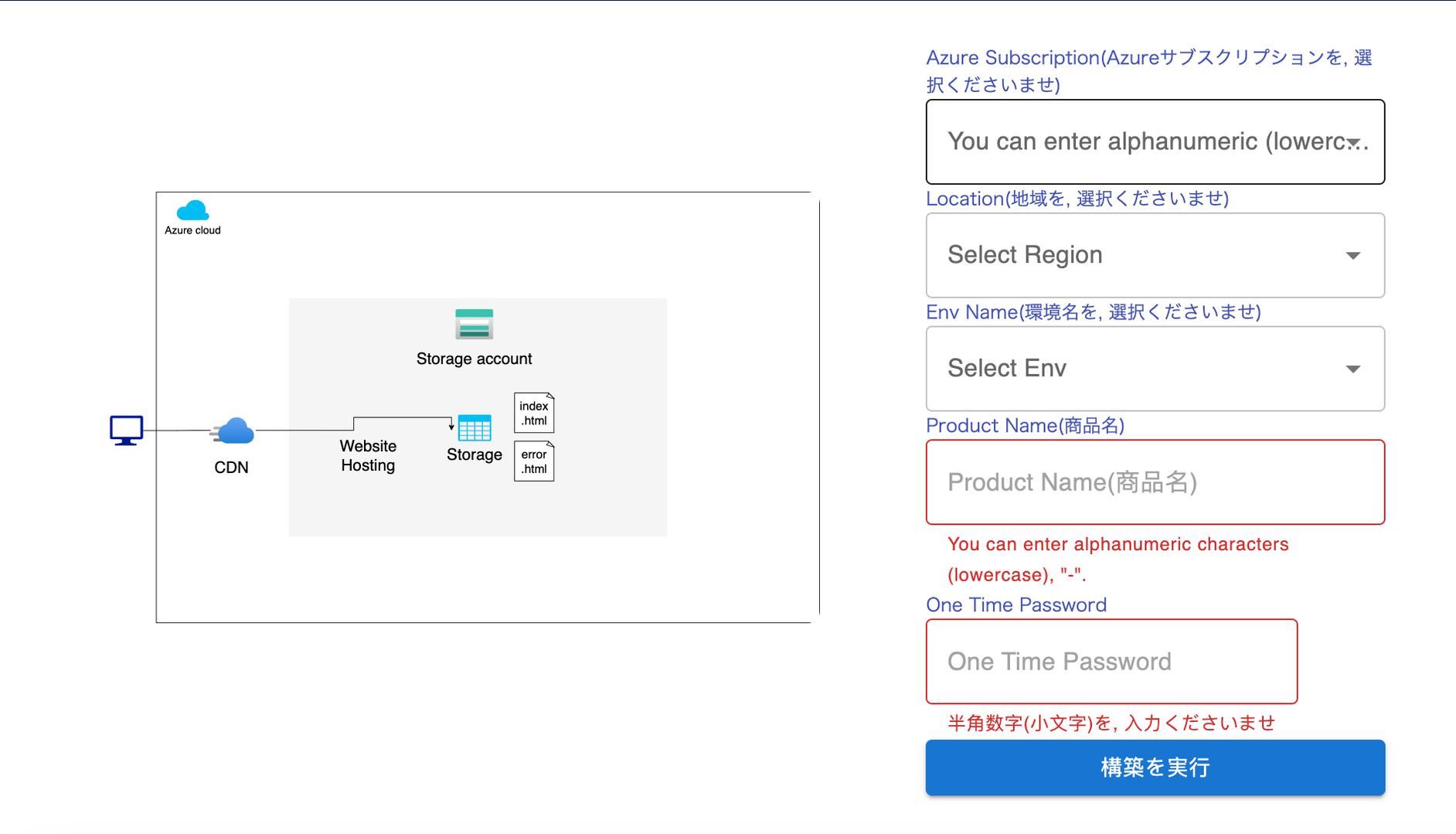
- Login to your prismscaler account
- Choose CDN architecture to create

- Input all the necessary info

- Process and wait around 5-10 mins for the arch to deploy
- Check azure console to complete the architecture.
6. Reference
Your journey is bolstered by a comprehensive reference section, offering a curated collection of external resources, official documentation, and enlightening blogs. This repository acts as your gateway to further exploration, allowing you to delve deeper into Azure's expansive universe, where CDN, storage policies, and networking strategies converge.
